Meet the Chocolate Point Ragdoll Cat
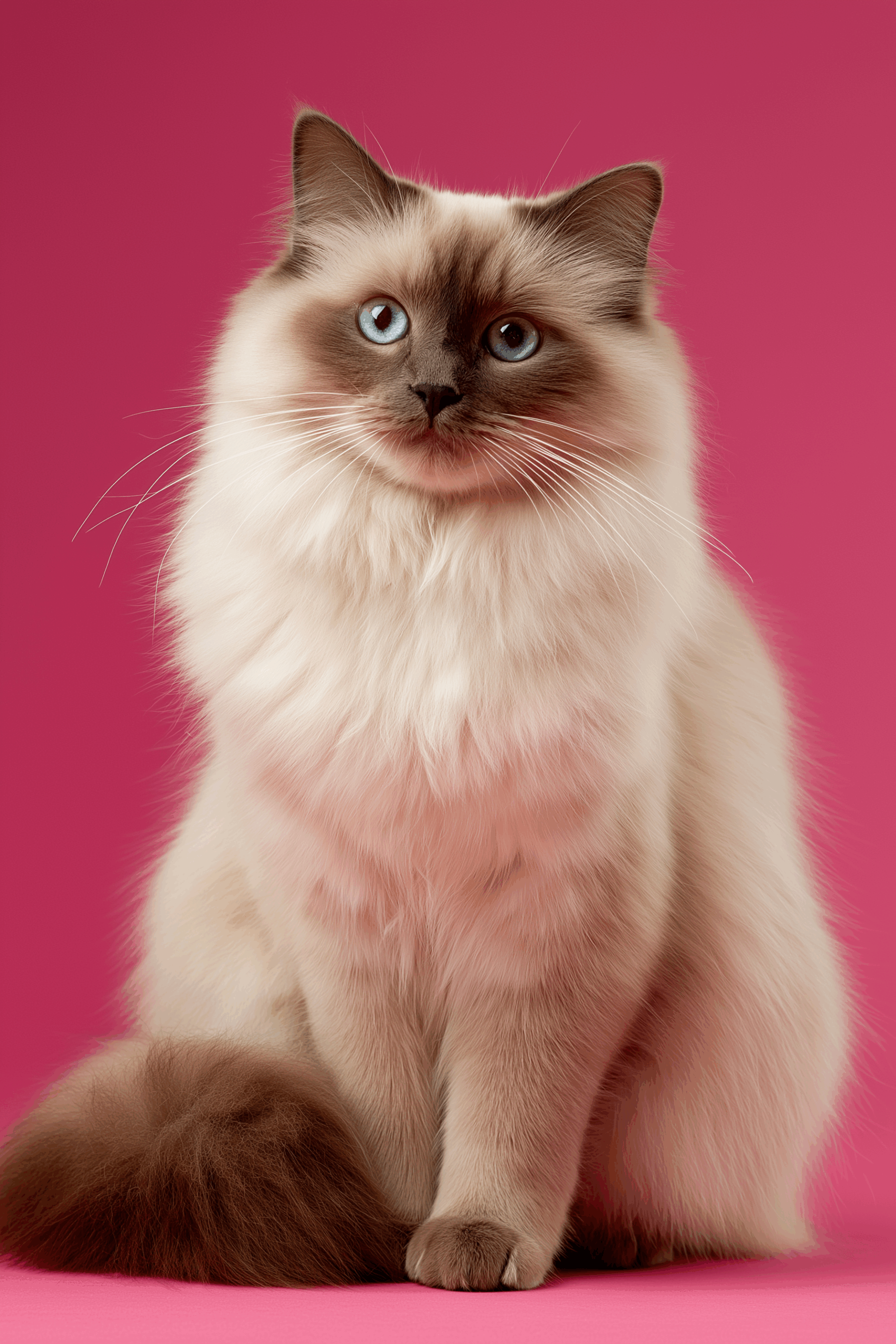
What Is a Chocolate Point Ragdoll?
The Chocolate Point Ragdoll is one of the warmest and most elegant of all Ragdoll color variations. Despite the name “chocolate,” the coat does not appear dark brown — it’s a creamy ivory with milk-chocolate shading, giving the cat a soft, radiant look. The points (ears, tail, and face) are a rich cocoa brown, creating a gentle contrast against a warm ivory body.
Chocolate Point Ragdolls are officially recognized by both TICA and CFA, and their color is produced by the recessive b gene that lightens dark pigment. In genetics, this color is known simply as chocolate — meaning both parents must carry the recessive gene to produce a chocolate kitten.
chocolate ragdoll kittens at almontecats.com
Chocolate Point Ragdoll Kittens for Sale
At Almonte Cats, our Chocolate Point Ragdoll kittens are raised in-home with constant socialization, premium nutrition, and early exposure to grooming and play. We only average one chocolate based litter a year. Each chocolate ragdoll kitten:
- Comes TICA/CFA registered
- Is fully health tested and vet-checked
- Is microchipped and vaccinated before going home
✨ Reserve your Chocolate Point Ragdoll kitten early — these warm-toned beauties are produced in very limited numbers each year.
👉 Apply for a kitten or view our available Ragdoll kittens
How Our Chocolate Point Ragdoll Kittens Are Raised
Our Chocolate Point Ragdoll kittens are raised in a calm, structured home environment that encourages relaxed confidence. From birth, each kitten experiences:
- Daily handling and gentle human contact
- Introduction to grooming tools, nail trims, and basic care
- Playtime with age-appropriate enrichment
- Gradual exposure to household sounds, children, and other pets
This early socialization ensures your kitten grows into a confident, affectionate companion ready for family life.
Health, Testing, and Registration
Each kitten is bred from DNA-tested Ragdoll parents that meet or exceed TICA and CFA breed health standards. Before leaving for their new home, every Chocolate Ragdoll kitten:
- Is examined by a licensed veterinarian
- Receives age-appropriate core vaccinations
- Is microchipped and dewormed
- Comes with official TICA or CFA registration
- Includes a written health guarantee for congenital conditions
All breeding cats in our program are tested for Hypertrophic Cardiomyopathy (HCM) and Polycystic Kidney Disease (PKD) through UC Davis Veterinary Genetics Laboratory or equivalent accredited facilities.
Why People Love Chocolate Point Ragdoll Kittens
Chocolate Point Ragdolls have a warmer look than Seal Points. Their milk-chocolate points, creamy bodies, and soft blue eyes create an inviting, classic beauty. They are gentle, social, and deeply people-oriented. Because chocolate is a recessive color, true Chocolate Points are less common, making them highly sought after by families who appreciate authenticity and quality.
Families choose Almonte Cats for:
- Verified TICA/CFA registration
- Proven, health-tested parents
- Limited litters focused on temperament and accuracy of color
- Transparent communication and lifetime breeder support
Chocolate Ragdoll Kitten Availability and Reservation
Due to limited availability, we accept a small number of approved reservations each season.
Approved applicants may place a non-refundable deposit to reserve a kitten or join our Waitlist for upcoming litters.
Before pickup, we arrange a virtual video call so families can meet their kitten and confirm their selection. Kittens go home with:
- Complete medical and vaccination records
- Starter food and care instructions
- A blanket with familiar scent to ease transition
Nationwide Delivery Options
We offer safe, USDA-compliant delivery through licensed pet transporters or in-cabin flight nannies. Kittens can be hand-delivered anywhere in the continental U.S., including major airports in New York, California, Texas, and Florida.
Reserve a Chocolate Point Ragdoll Kitten
Because Chocolate Point Ragdoll kittens are produced in small numbers each year, early reservation is strongly recommended.
Chocolate Point Ragdoll Appearance
Body Color: Ivory or creamy beige
Points: Milk-chocolate to soft cocoa
Eyes: Deep blue, ranging from sapphire to bright aqua
Nose & Paw Pads: Cinnamon-pink or light brown
Coat Texture: Silky, medium-long, low-matting coat typical of all Ragdolls
Ragdolls with Chocolate Points are often compared to Seal Points, but the difference becomes clear side-by-side: Seal Points are dark and cool-toned, while Chocolates carry a warmer, softer tone that feels lighter overall.
Chocolate Point vs. Other Ragdoll Colors
| ColorPoint | Shade | Body Tone | Rarity |
|---|---|---|---|
| Seal Point | Deep brown | Cream | Common |
| Blue Point | Slate gray | Icy white | Common |
| Chocolate Point | Milk-chocolate | Ivory | Uncommon |
| Lilac Point | Pinkish gray | Magnolia | Rare |
| Flame Point | Apricot or orange | Cream | Rare |
Chocolate Points are admired for their uniqueness. They feel special being more rare. The color’s recessive inheritance makes it less frequent, which adds to its appeal among Ragdoll enthusiasts.
Related Ragdoll Color Posts
- Blue Point Ragdoll Cats – Discover how their slate-gray points and icy tone differ from chocolate.
- Seal Point Ragdoll Cats – The traditional Ragdoll color with rich dark-brown points and strong contrast.
- Lilac Point Ragdoll Cats – Learn how dilution transforms chocolate into pastel lilac.
- Flame Point Ragdoll Cats – See how orange genetics appear in Ragdolls.
Chocolate Ragdoll Genetics
Understanding the B Locus
The soft chocolate coloring begins at the B locus, the gene responsible for determining pigment depth.
Ragdolls with the dominant B allele develop seal-toned points, while those with the recessive b allele display the lighter chocolate coloration.
Here’s how it breaks down:
- B (Black) – Dominant; produces darker colors like seal or blue.
- b (Brown/Chocolate) – Recessive; lightens the pigment to produce chocolate.
To produce a true Chocolate Ragdoll, both parents must contribute the recessive b gene, resulting in a bb genotype — the genetic foundation for warm, ivory bodies with milk-chocolate points.
The Role of the Dilute Gene
The D locus determines how strong or soft the pigment appears.
- D (Dense) – Dominant; keeps color rich and saturated (seal, chocolate).
- d (Dilute) – Recessive; softens color (blue, lilac).
Chocolate Ragdolls have bbDD or bbDd, preserving their warm, full tone. When both dilute genes are present (bbdd), the result becomes a Lilac Ragdoll.
Why Chocolate Ragdolls Are Special
Because both the recessive chocolate genes must align, the combination is less common than dominant seal. Producing chocolates requires carefully matched parents, often planned several generations in advance to preserve both health and authentic color.
Responsible breeding ensures each kitten keeps the hallmark Ragdoll temperament — calm, affectionate, and balanced — while maintaining strong genetic diversity.
Share Your Chocolate Ragdoll
Are you the proud owner of a Chocolate or other rare-colored Ragdoll? We’d love to feature your cat in our upcoming color guide series.
📸 Submit a clear, well-lit photo to help others learn about these beautiful variations. Click here to share your cat!
Personality and Temperament
Like all Ragdolls, Chocolate Points are gentle, affectionate, and family-focused. They love being near their people and often follow you from room to room.
Typical Chocolate Point traits include:
- Calm and affectionate disposition
- Excellent tolerance for children and other pets
- Strong attachment to family members
- A tendency to “flop” when picked up — the signature Ragdoll trait
They are not overly energetic but enjoy daily interactive play and companionship.
Grooming and Care
Despite their luxurious coat, Chocolate Ragdolls are surprisingly easy to maintain.
- Brush 2–3 times per week to prevent tangles
- Bathe occasionally if needed — overbathing can dull the coat’s sheen
- Trim nails and gently clean eyes to remove tear staining
- Feed a high-quality diet rich in omega fatty acids for coat and skin health
Health and Longevity
Chocolate Ragdolls typically live 12–16 years with proper care. Responsible breeders test for:
- Hypertrophic Cardiomyopathy (HCM)
- Polycystic Kidney Disease (PKD)
- FIV/FeLV negative status
Routine veterinary visits and healthy weight management are essential — like most Ragdolls, Chocolates can gain weight easily if under-exercised.
Are Chocolate Point Ragdolls Rare?
Yes. The chocolate color is a recessive trait, making it less common than Seal or Blue. Fewer breeders specialize in it, and most produce only a few Chocolate litters annually — so early reservation is recommended.
Related Ragdoll Color Posts
- Blue Point Ragdoll Cats – Discover how their slate-gray points and icy tone differ from lilac.
- Seal Point Ragdoll Cats – The traditional Ragdoll color with rich chocolate-brown points and deep contrast.
- Lilac Point Ragdoll Cats – Learn about the rare lilac point Ragdoll Color.
- Flame Point Ragdoll Cats – See how orange appears in Ragdoll Genetics.
Seal Point vs. Chocolate Point Ragdolls — What’s the Difference?
It’s common for Ragdoll owners to wonder whether their cat is a Seal Point or a Chocolate Point, especially since kittens often start out lighter and their color develops slowly over the first year. One reader recently wrote:
“I saw a recent post of someone asking what colour markings their cat is. Which has got me curious. What’s the difference between a Chocolate Point and a Seal Point?
This is my 14-month-old baby, Thayon. The breeder told me he’s a Chocolate Point. His points are very brown, and his fur looks like velvet or melted chocolate. Does that make him a Chocolate Point, or could he be Seal?
I never dreamed he would turn out as beautiful as he is. Pictures do not do him justice.”
— Clare Jones
The question is one many new Ragdoll owners share. The difference lies in the depth of color and the underlying genetics.
Seal Point Ragdoll
The Seal Point Ragdoll is the darkest of the traditional Ragdoll colors.
- The points (ears, face, tail, and legs) are deep seal brown, almost black in mature cats.
- The body is beige to light brown, with the chest and stomach appearing lighter than the back.
- The nose leather and paw pads are dark brown to nearly black.
- The contrast between the points and body color is sharp, creating that classic “colorpoint” look people recognize in Ragdolls.
Seal Points carry the dominant B gene, which produces rich, dense pigment. Their coats may darken over time, especially in cooler climates, where temperature affects how much pigment develops on their points.
Chocolate Point Ragdoll
The Chocolate Point Ragdoll carries the recessive bb gene, which lightens pigment compared to the seal.
- The points are milk-chocolate brown, noticeably lighter than a Seal’s near-black tone.
- The body is ivory to warm cream, offering softer contrast between points and body.
- The nose leather is light brown, often described as the color of a milk chocolate bar.
- Paw pads are pinkish-cinnamon instead of dark brown.
Chocolate Points stay warmer and lighter throughout life, while Seal Points continue to deepen in tone. A side-by-side comparison shows that Chocolate Points have a more velvety, caramel hue, while Seals appear colder and more espresso-toned.
Quick Visual Comparison
| Feature | Seal Point Ragdoll | Chocolate Point Ragdoll |
|---|---|---|
| Genetics | Dominant (B) | Recessive (bb) |
| Point Color | Dark seal brown to black | Milk-chocolate or warm cocoa |
| Body Color | Beige to light brown | Ivory or cream |
| Nose Leather | Dark brown to black | Medium brown |
| Paw Pads | Dark brown | Pinkish cinnamon |
| Overall Tone | Cool and deep | Warm and light |
| Common Misidentification | Often mistaken for chocolate kittens early on | Sometimes confused with seal until full maturity |
How to Tell If Your Ragdoll Is Chocolate or Seal
Look closely at three features:
- Nose leather color — a Seal Point’s nose is very dark brown to black, while a Chocolate’s is lighter, warm brown.
- Body tone — Seals darken to beige or fawn, while Chocolates remain creamier and lighter overall.
- Contrast — Seal Points have stronger contrast between body and points; Chocolates look softer and more blended.
A Ragdoll Breeder’s Commentary
If you’re uncertain, check the cat’s genetic test or ask your breeder to share the color genotype. A true Chocolate Ragdoll must be bb genetically. Many kittens look “in between” until about 18 months, when their full color matures.
“He’s a beautiful Seal Point 😊
Chocolate is the lighter dilute of Seal and generally has a softer eye tone. It’s difficult to breed a dilute coat without diluted eyes.”
— Jerry, Ragdoll Owner
“A Chocolate Point’s nose will be brown like milk chocolate.
A Seal’s nose is black or a very dark brown.”
— Esther K.
“Chocolate is lighter — my Chocolate boy’s tail and face are much softer in tone, especially in sunlight.”
— Sara Miles
Both colors are stunning, and confusion is understandable. Seal Points have the classic contrast that made Ragdolls famous, while Chocolate Points offer a warmer, creamier beauty that looks almost edible — like velvet dipped in cocoa.
If you’re still unsure of your Ragdoll’s true color, you can compare photos under natural light or request a DNA color test. Either way, both Seal and Chocolate Ragdolls share the same affectionate, gentle temperament that makes this breed so adored.
Frequently Asked Questions About Chocolate Point Ragdolls
Are Chocolate Point Ragdolls rare?
Yes, Chocolate Point Ragdolls are considered uncommon. This is because the chocolate color appears only when both parents carry the recessive “b” gene. Since not every Ragdoll line carries this gene, chocolates are produced far less often than Seal or Blue Points.
In other words, breeding for this color requires intentional genetic pairing over multiple generations. You can read more about how recessive traits work in the Ragdoll Complete Guide.
What does a Chocolate Point Ragdoll look like?
A Chocolate Point Ragdoll features an ivory or cream body with milk-chocolate brown points on the face, ears, legs, and tail. In addition, their paw pads are cinnamon-pink, their nose leather is warm brown, and their eyes are deep blue.
Because their contrast is softer than that of Seal Points, they often appear warmer and more blended in tone.
Is a Chocolate Ragdoll the same as a Seal Ragdoll?
No, the two colors are genetically distinct. While Seal Ragdolls carry the dominant B gene, which creates dark, cool-toned brown points, Chocolate Ragdolls inherit the recessive bb gene, producing lighter, warmer shades.
Consequently, a Seal Point will always appear darker and more contrasting, whereas a Chocolate Point has that signature milk-chocolate look.
Are Chocolate Point Ragdolls born white?
Yes, they are. Like all pointed cats, Chocolate Ragdoll kittens are born completely white because the color on their points develops later. Over the first 8–12 weeks, pigmentation slowly appears on the cooler areas of their body such as the ears, face, and tail.
This temperature-sensitive color change is typical for pointed breeds and is described in TICA’s Ragdoll Breed Standard.
Do Chocolate Ragdolls change color with age?
Yes, but only slightly. As they mature, their points darken, and their body warms from pale cream to a soft ivory. Moreover, cats living in cooler climates may develop deeper contrast than those in warmer environments.
Even though their tone shifts over time, Chocolate Ragdolls always retain their characteristic warm, blended look.
What color eyes do Chocolate Ragdolls have?
All Ragdolls have blue eyes, but the shade can vary. Chocolate Points often have medium to deep sapphire eyes, though some lines produce lighter aqua tones. Furthermore, their eye color typically intensifies as they mature.
Eye color is one of the defining features of the breed — you can read more about it in Ragdoll Breed Information from International Cat Care.
Are Chocolate Ragdolls purebred?
Absolutely. The Chocolate Point is an officially recognized color in TICA, CFA, and ACFA registries. Therefore, true Chocolates are purebred Ragdolls, not crossbred or unregistered cats.
When purchasing, always request TICA or CFA registration papers and DNA health testing to confirm authenticity. Review the CFA Ragdoll Breed Profile for official standards.
How much does a Chocolate Point Ragdoll cost?
Typically, prices range from $3,500 to $5,000+, depending on pedigree, markings, eye color, and breeder reputation. Because this color is rarer, the demand often exceeds supply.
Read Ragdoll Kitten Pricing for more info.
Do Chocolate Ragdolls shed a lot?
Moderately, yes. Like most Ragdolls, they experience seasonal shedding, usually during spring and fall. However, with regular weekly brushing and a balanced diet rich in omega fatty acids, shedding stays minimal.
To learn more about coat care, see the PetMD Ragdoll Grooming Guide.
What’s their temperament like?
Chocolate Ragdolls share the classic Ragdoll temperament — calm, affectionate, and social. They enjoy following their owners, greeting guests, and lounging nearby.
Because of their steady, people-focused nature, they adapt well to children, other cats, and gentle dogs. Read the Ragdoll Cat Breed Standard for more insight.
Are Chocolate Ragdolls hypoallergenic?
Not entirely. While no cat is truly hypoallergenic, Ragdolls often trigger fewer reactions due to their low dander production and lack of a heavy undercoat. Regular grooming and HEPA filtration can reduce allergens significantly.
Learn more in our article on Are Ragdoll Cats Hypoallergenic?.
How long do Chocolate Ragdolls live?
With proper nutrition and preventive veterinary care, Chocolate Point Ragdolls usually live 12–16 years. Regular screening for Hypertrophic Cardiomyopathy (HCM) and Polycystic Kidney Disease (PKD) helps extend their lifespan.
More on Ragdoll health can be found at the Cornell Feline Health Center.
How big do Chocolate Ragdolls get?
Adult males generally weigh 15–20 pounds, while females range from 10–15 pounds. They grow slowly, often reaching full size around three to four years old. Despite their large build, they remain gentle and easy to handle.
Do Chocolate Ragdolls make good emotional support pets?
Yes, very much so. Thanks to their gentle, intuitive temperament, Chocolate Ragdolls excel as emotional support or therapy companions. They are calm, routine-oriented, and form strong emotional bonds with their owners.
Where can I buy a Chocolate Point Ragdoll kitten?
You can purchase a Chocolate Point Ragdoll from a registered, health-tested breeder who raises kittens in a family environment. Avoid online listings that lack registration proof or pedigree documentation.
To reserve a kitten or join the waitlist, visit Almonte Cats – Ragdoll Kittens for Sale.
Resources & References
Color Genetics & Coat Dilution
- UC Davis Veterinary Genetics Laboratory – Cat Coat Color Testing
- Basepaws – Feline Genetics and Color Inheritance
- Wisdom Panel Cat Color DNA Test
From Almonte Cats
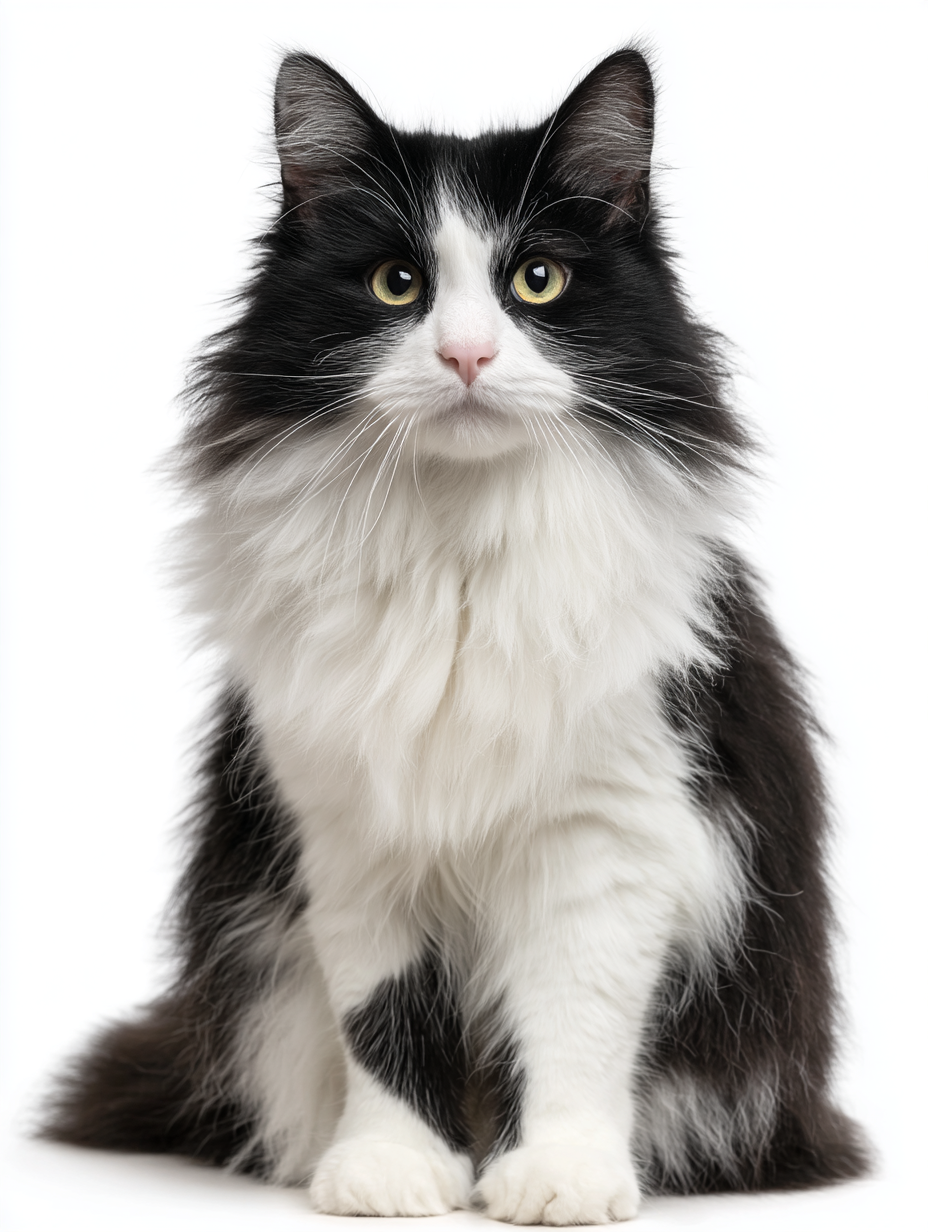
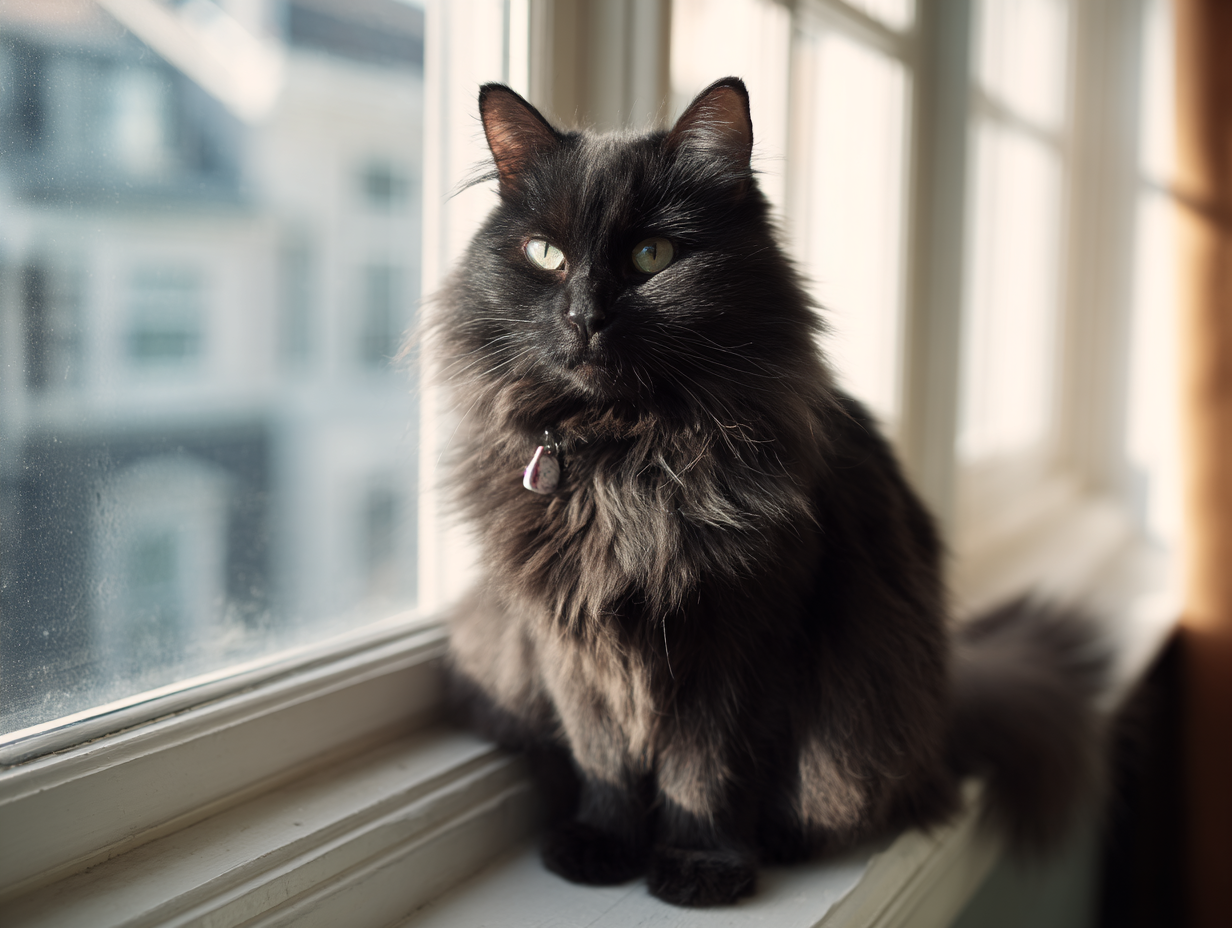
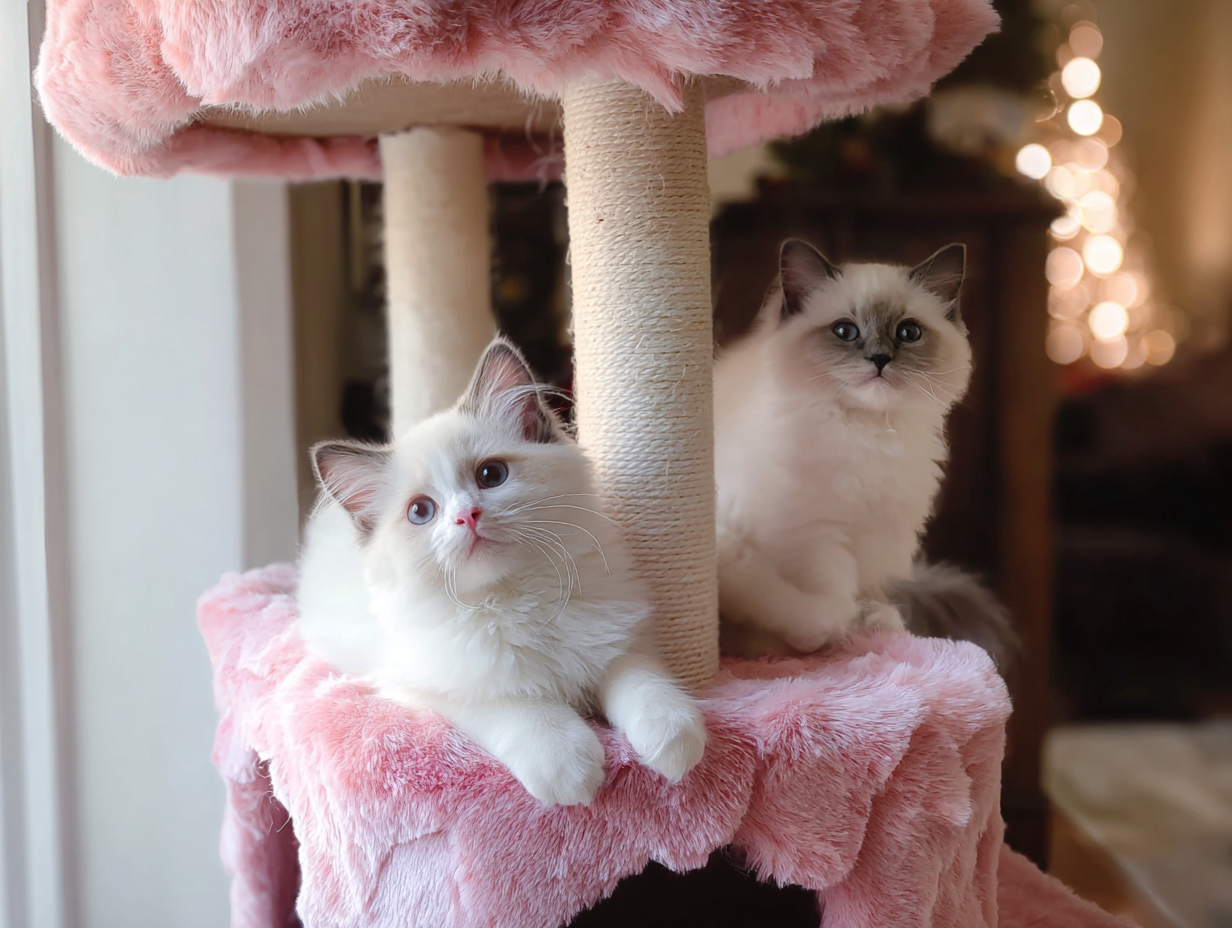
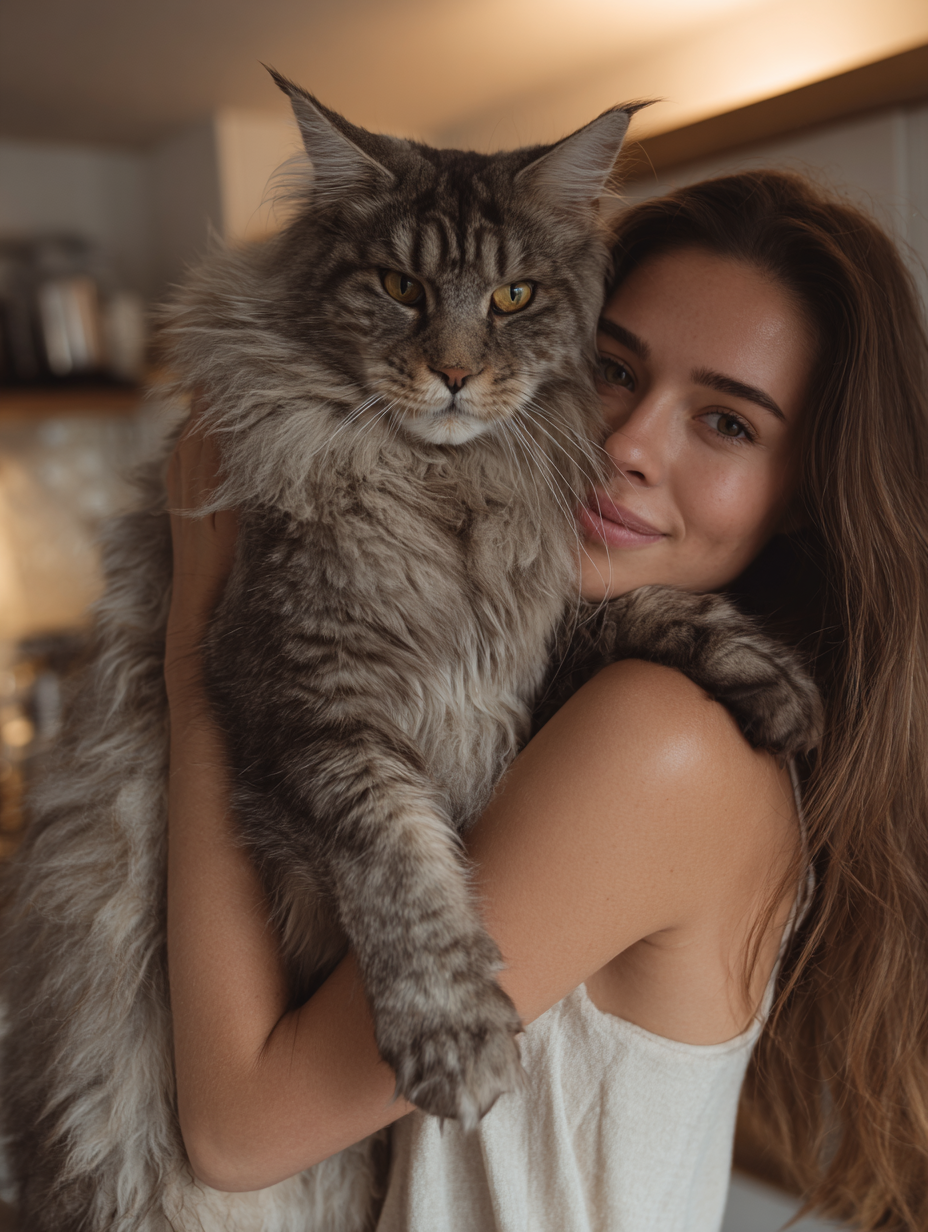

Read the Comments +